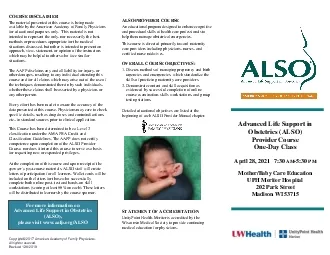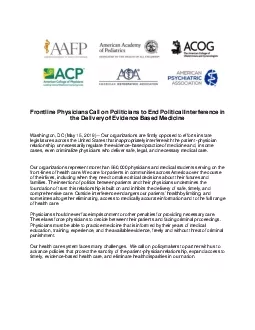PPT-Welcome! Thank you for joining the American College of Physicians’ Quality Connect Adult
Author : danika-pritchard | Published Date : 2018-10-31
Series Webinar We will start in a few minutes Todays webinar is focused on standing orders P lease keep your phone on mute when not asking questions we are recording
Presentation Embed Code
Download Presentation
Download Presentation The PPT/PDF document "Welcome! Thank you for joining the Ameri..." is the property of its rightful owner. Permission is granted to download and print the materials on this website for personal, non-commercial use only, and to display it on your personal computer provided you do not modify the materials and that you retain all copyright notices contained in the materials. By downloading content from our website, you accept the terms of this agreement.
Welcome! Thank you for joining the American College of Physicians’ Quality Connect Adult: Transcript
Download Rules Of Document
"Welcome! Thank you for joining the American College of Physicians’ Quality Connect Adult"The content belongs to its owner. You may download and print it for personal use, without modification, and keep all copyright notices. By downloading, you agree to these terms.
Related Documents














